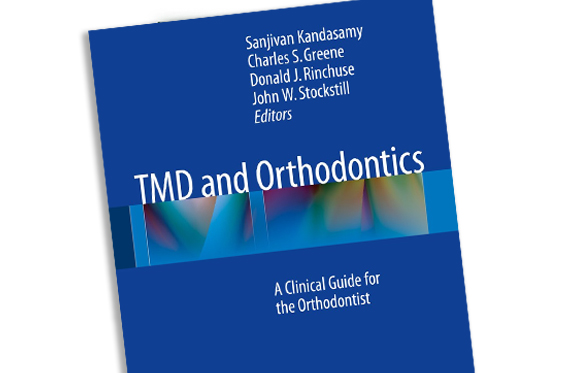The TMD-occlusion debate is religious. We have believers. We have deniers. And we have a great number of confessions. However, the book I have chosen for today aims to look at the problem from an impartial, evidence-based stand point. Therefore, its purpose is not to tell you how to get to heaven, but rather how not to end up in hell.

I should probably notice that a couple of years ago I accidentally initiated the translation of the book into my first language and just recently it has indeed come in print in Russian. I have no conflict of interest though.
The book thoroughly reviews contemporary approaches to diagnosis, treatment and possible complications surrounded the area of TMD. It is rather concise (140 pages), but contains chapters from all the big names in the area.
The book starts with temoromandibular joint anatomy and relevant terminology. The second chapter – one of my favourite – is written by Jeffery P. Okeson, a world-renown expert on TMD and facial pain. The chapter explains the nature of temporomandibular joint disorders by analysing all the possible causes:
- Occlusion
- Trauma
- Stress
- Deep pain
- Parafunctions
Here I should highlight the author’s point that occlusal factors are only one out of five potential causes of TMD and should not necessarily be addressed. He also brings forward an important concept of orthopedic stability – a harmonious situation when the teeth and the joints are in their stable position and the muscles are relaxed. All the next chapters explore the deviations from this harmony and possible measures the orthodontist should (or should not) take. There are chapters on screening, psychological considerations, bruxism, medicolegal aspects, ect. Every chapter ends with main ideas and an extensive list of references.
If I would be asked to pick a single takeaway message from the book, it will be such: only embark on TMD treatment if you are fully convinced that you understand the mechanism of the problem. No doubt the book will bring you closer to this understating. I have been for years consuming various – always conflicting – information on TMD, and previously I had never had a chance to get the information on this multilayered problem structured as laconically in one source. The book has definitely sharpen my vision of the issue and I think it will be useful for many other orthodontists – both young and experienced. The former will get all the essential information and the latter will replenish their knowledge with the current evidence and guidelines.
The only downgrade of this book is probably the scarce number of clinical cases, however I assume this has to do with its compact format. Overall, the book is a sensible guide to solve intricate puzzles which temoromandibular joint often brings us.
You can buy your copy of the book clicking this link. Please note: this is an affiliate Amazon link. Small bonuses I have from this helps me to support Orthodontic Grammar project, whereas you pay just a regular price and not a dime more.
